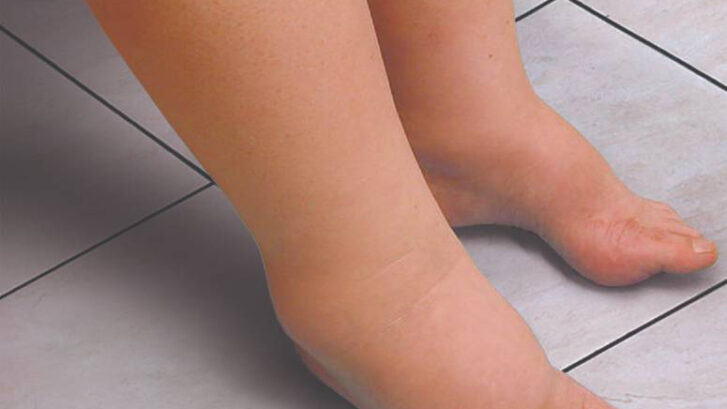Lymphedema is a chronic condition characterized by swelling due to the accumulation of lymph fluid, often resulting from dysfunction in the venous and lymphatic systems. This condition can significantly impact quality of life, making it crucial to understand its causes, symptoms, and management strategies. Dr. Ravul Jindal, a renowned expert in vascular and endovascular surgery, provides valuable insights into effectively managing this condition.
Causes of Lymphedema
Lymphedema occurs when the lymphatic system, responsible for draining excess fluids from tissues, fails to function correctly. This dysfunction can result from:
- Venous System Dysfunction: Chronic venous insufficiency can lead to increased pressure in the veins, impairing lymphatic drainage and causing fluid accumulation.
- Surgical Procedures: Surgeries involving lymph node removal, such as those for cancer treatment, can disrupt normal lymphatic flow.
- Infections: Infections like cellulitis can damage lymphatic vessels, leading to lymphedema.
- Radiation Therapy: Radiation can scar or damage lymph nodes and vessels, affecting their ability to drain lymph fluid.
- Congenital Conditions: Some people are born with abnormalities in their lymphatic system, making them more susceptible to lymphedema.
Symptoms of Lymphedema
Lymphedema typically presents with noticeable swelling in the affected limbs. Other common symptoms include:
- A feeling of heaviness or tightness in the limb
2. Reduced flexibility and movement
3. Aching or discomfort in the affected area
4. Recurring infections in the swollen limb
5. Hardening and thickening of the skin (fibrosis)
Managing Lymphedema
While lymphedema is a chronic condition, various strategies can help manage symptoms and improve quality of life:
- Compression Garments: Wearing compression garments can help reduce swelling by promoting lymph fluid drainage. These garments, including sleeves and stockings, apply consistent pressure to the affected limb
- Lymphatic Drainage Therapy: Manual lymphatic drainage (MLD) is a specialized massage technique that encourages lymph flow and reduces swelling. It should be performed by a trained therapist.
- Exercise: Regular, low-impact exercise can improve lymphatic flow and reduce symptoms. Activities like walking, swimming, and yoga are beneficial. Exercise for lymphedema management should be gentle and tailored to individual needs.
- Skin Care: Proper skin care is essential to prevent infections. Keep the skin clean and moisturized, and avoid cuts or injuries that could lead to complications.
- Healthy Diet and Hydration: Maintaining a healthy diet rich in fruits, vegetables, and lean proteins supports overall health and can help manage swelling. Staying well-hydrated is also crucial for optimal lymphatic function.
- Avoiding Prolonged Inactivity: Avoid sitting or standing for long periods without moving. If you must remain in one position for an extended time, take regular breaks to stretch and move around.
When to Seek Medical Help
It’s important to consult a healthcare provider if you notice persistent swelling, recurrent infections, or any other symptoms of lymphedema. Dr. Ravul Jindal and his team offer comprehensive evaluations and personalized treatment plans to manage lymphedema effectively. Contact us today to schedule a consultation!


